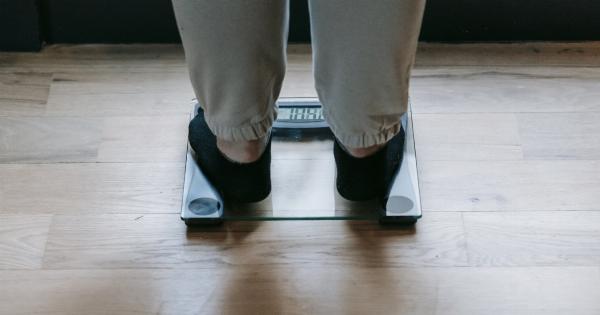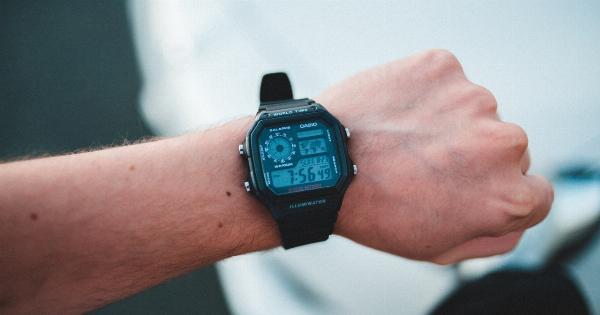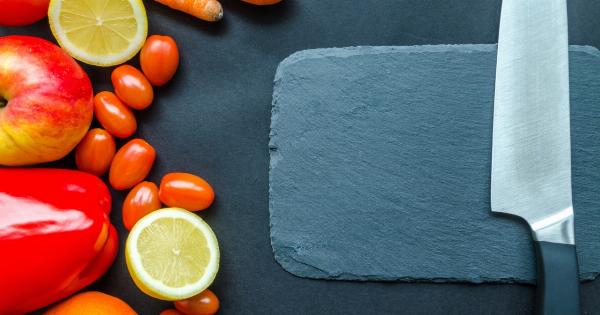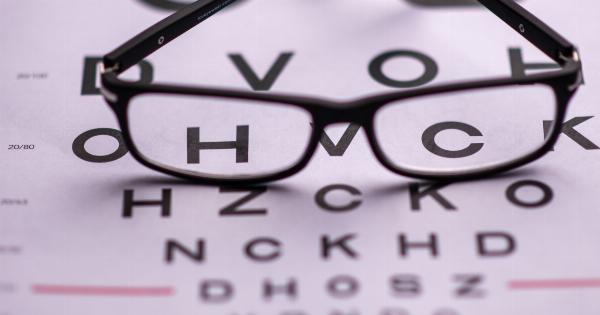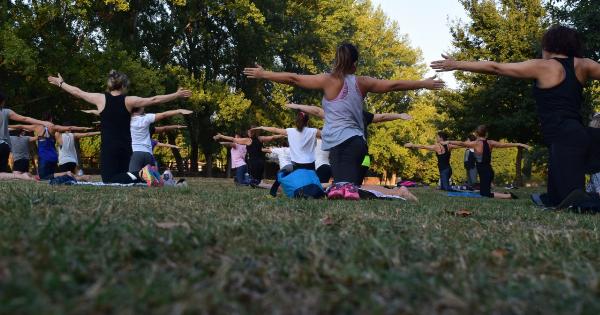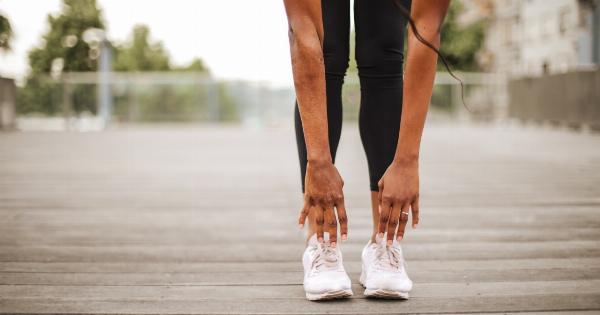Pregnancy is an exciting and fulfilling time for women, but it also comes with its fair share of discomforts. One of the most common of these discomforts is swelling, particularly in the ankles.
This swelling, also known as edema, can result from the increased pressure on blood vessels as the uterus grows, leading to poor circulation. Fortunately, there are easy ways to combat pregnancy swelling, particularly in the ankles. Here are some tips for a more comfortable pregnancy:.
1. Stay Active
Regular exercise is an essential aspect of a healthy pregnancy, and it is also an effective way to combat swelling. Engaging in low-impact exercises such as walking, swimming, and yoga helps improve circulation, which can reduce swelling in the ankles.
You don’t need to perform strenuous exercise, but rather aim for at least 20-30 minutes of moderate exercise a day. Simple movements such as leg raises and ankle rolls can also help prevent swelling.
2. Drink Plenty of Water
During pregnancy, it’s common for your body to retain fluids, leading to swelling. This happens because your body needs extra fluid to support your growing baby, which can lead to water retention.
Drinking plenty of water throughout the day helps flush out excess fluids and reduce swelling. Additionally, drinking water helps keep you hydrated, which is essential for your health and your baby’s health.
3. Elevate Your Feet
Elevating your feet is an effective way to reduce swelling in your ankles. When you elevate your feet, you help reduce the pressure on the blood vessels and promote better circulation.
You can elevate your feet by placing a pillow underneath your legs while sitting down or sleeping. Alternatively, you can prop your feet on a footrest or cushion while sitting down.
4. Wear Comfortable Shoes
During pregnancy, it’s important to wear comfortable shoes that offer good support. High heels and tight shoes can restrict circulation and cause swelling. Instead, opt for comfortable shoes with a low heel, good arch support, and a wide toe box.
Shoes with adjustable straps or laces are also a good choice, as they can accommodate your swelling feet.
5. Avoid Standing or Sitting for Long Periods
If you stand or sit for long periods, the blood can pool in your ankles, leading to swelling. It’s important to take regular breaks to move your legs and get your circulation going.
If you work a desk job, try to take a break every hour to walk around or stretch. If you must stand for long periods, try to shift your weight from one foot to the other or take frequent breaks to rest your feet.
6. Compression Socks
Compression socks are snug-fitting socks that apply pressure to your feet and legs. They help reduce swelling by improving circulation and preventing blood from pooling in your ankles.
Compression socks are available in various styles and compression levels. It’s best to consult with your doctor before using compression socks to ensure you choose the right type and amount of compression.
7. Massage Your Ankles
Gently massaging your ankles can help improve circulation and reduce swelling. Use circular motions and massage from your ankles towards your knees. You can use a moisturizer or oil to make the massage more comfortable.
If you experience pain or discomfort while massaging, stop immediately and consult with your doctor.
8. Reduce Your Salt Intake
Excess salt in your diet can cause your body to retain fluids, leading to swelling. It’s important to watch your salt intake and reduce it as much as possible during pregnancy. Some foods such as processed foods, snacks, and canned goods are high in salt.
Instead, opt for fresh fruits and vegetables that are naturally low in sodium.
9. Take Breaks During the Day
Taking regular breaks during the day can help reduce swelling in your ankles. Try to take short breaks every hour to stretch your legs, walk around, or do some light exercise. This will help promote better circulation and prevent swelling.
You can set a reminder on your phone or calendar to remind you to take regular breaks.
10. Consult with Your Doctor
If you experience persistent swelling or have other symptoms such as redness or pain in your ankles, it’s important to consult with your doctor. They can rule out any underlying medical conditions and offer advice on how to manage your swelling.
Your doctor may also recommend further testing or treatment if necessary.
Conclusion
Swelling during pregnancy is a common discomfort that many women experience, particularly in the ankles. Fortunately, there are several easy ways to combat this swelling and enjoy a more comfortable pregnancy.
Staying active, drinking plenty of water, elevating your feet, wearing comfortable shoes, avoiding standing or sitting for long periods, using compression socks, massaging your ankles, reducing your salt intake, taking breaks during the day, and consulting with your doctor are all effective ways to reduce swelling in your ankles and promote better circulation. With these tips, you can enjoy a healthier and more comfortable pregnancy.



